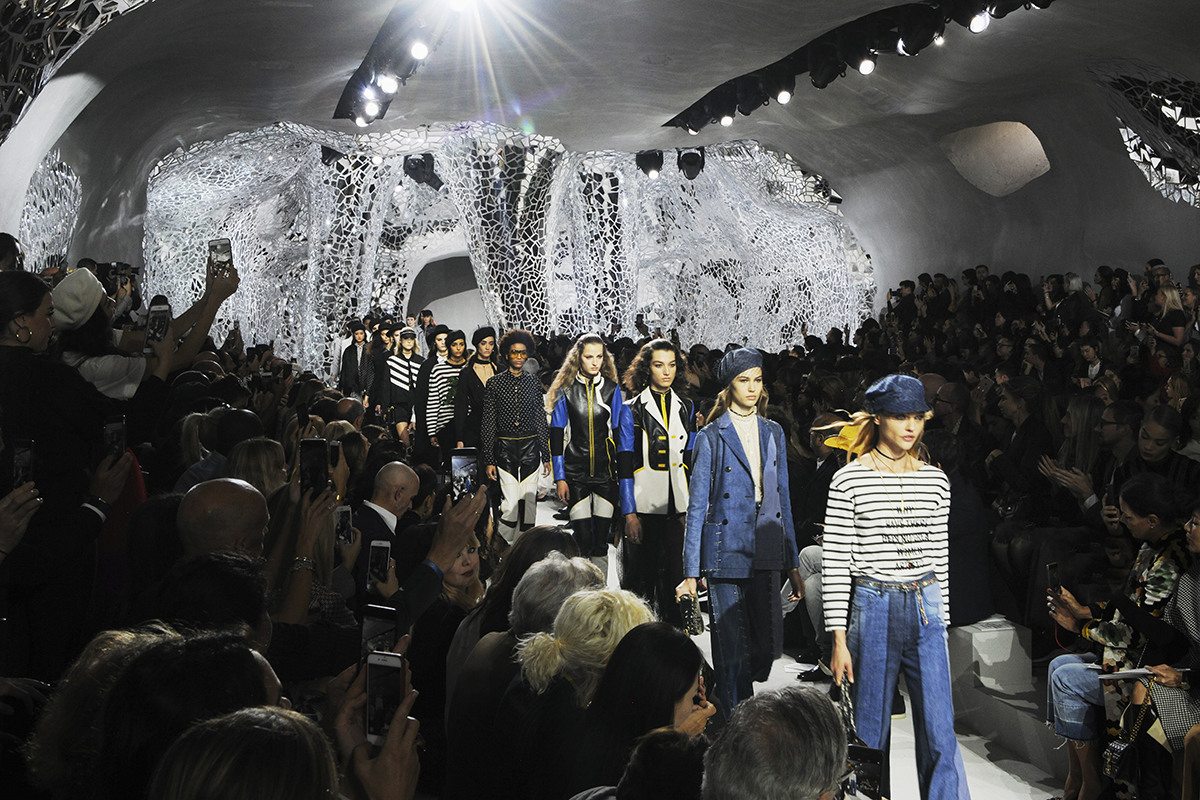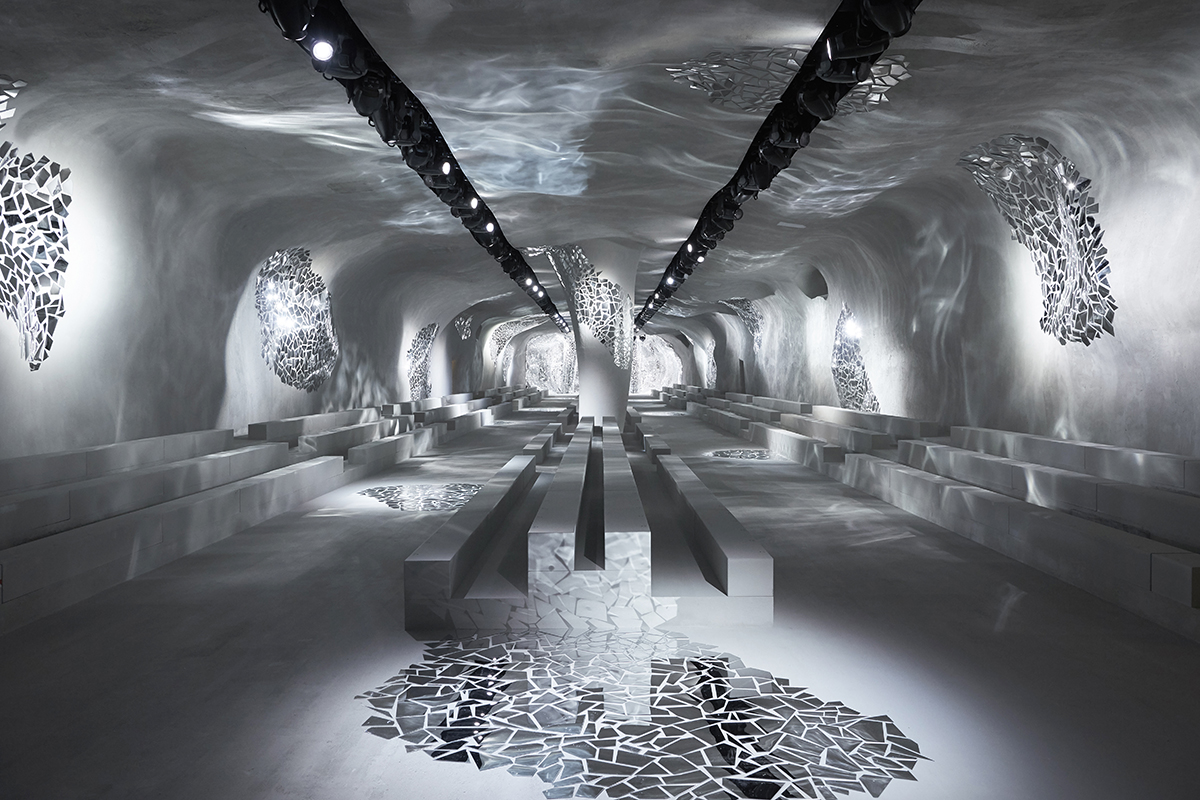“As in all fairy tales, before finding the treasure, on my way I met dragons, witches, magicians and the angel of temperance.”
Niki de Saint Phalle
During her research in the Dior archives, Maria Grazia Chiuri, Artistic Director of the women’s collections, had her interest piqued by a series of photographs of Niki de Saint Phalle. On one of them, the artist can be seen on a camel, on others, she’s posing for Dior during the tenure of her great friend Marc Bohan, then creative head of the House.
Embodying the beauty of her time, more adolescent than androgynous, small and fiery, she exhibits a style of dressing that’s both iconic and personal, and current in its proportions and whimsy. Her life is the stuff of literature. At the time of the liberation of women, Niki de Saint Phalle threw herself into a close relationship with art, the world and herself. Like all artists, she was driven by her emotions. And it is this feminine creativity that speaks to Maria Grazia Chiuri.
Why have there not been great women artists?
This is the question posed by Linda Nochlin’s essay in 1971, which also called out to Maria Grazia Chiuri. It is necessary to give these different and specific artists their due, for it’s they who break the mold of the traditionally male discourse in art history, and in fashion. These are the Nanas, sculptures of extraordinary women, but also the multicolored hearts, the dragons, the tree of love, and the exaggerated and over-the-top masterwork, the Tarot Garden in Tuscany, which become patterns, broken embroideries and mirror mosaics in Maria Grazia Chiuri’s collection and the show scenography. She is not afraid to take Niki de Saint Phalle’s exuberantly colorful palette and to make it dialogue with lace, silk, leather or plastic.
This collection, inspired by the artist, also makes reference to Marc Bohan and his little dresses and jumpsuits, sometimes teamed with full skirts opening at the front. There are also large polka dots, black and white checks, trousers worn with ordinary or safari jackets, and teamed, according to mood, with men ‘s shirts featuring fine stripes or polka dots, or of a romantic white: all borrowings from the vocabulary of Marc Bohan. Finally, the collection’s atmosphere and references, whether explicit or implicit, lead us into the shameless excitation of the Sixties, illustrative of the changing forces of these female universes. They change not only fashion, but the contemporary world, too.













No Comment